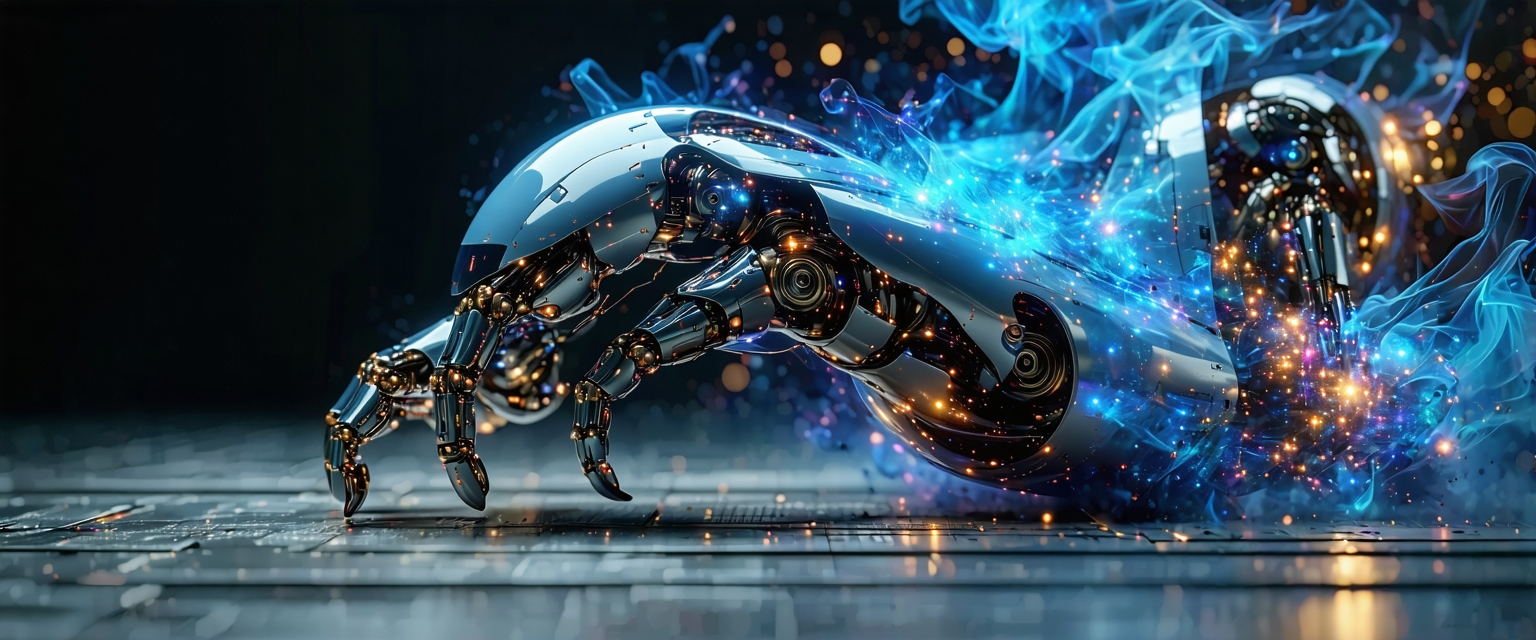






The field of robotics is experiencing rapid advancements, with new developments pushing the boundaries of what’s possible. Recent breakthroughs in machine learning, materials science, and control systems are leading to robots that are more intelligent, agile, and capable than ever before.
For decades, robotics has focused on creating machines capable of performing repetitive tasks in controlled environments. Early robots lacked adaptability and struggled with complex, unstructured situations. However, recent progress in artificial intelligence, particularly deep learning, has revolutionized this field.
This progress is fueled by improved algorithms enabling robots to learn from data, enhancing their decision-making abilities in dynamic environments. Simultaneously, advancements in sensor technology allow robots to perceive their surroundings with greater accuracy and detail.
Researchers at the Massachusetts Institute of Technology (MIT) have recently developed a new control system allowing robots to perform complex manipulation tasks with unprecedented dexterity. This system uses machine learning to predict and correct for errors in real-time, enabling robots to handle delicate objects and navigate cluttered spaces with ease.
Another significant development involves the use of soft robotics. These robots, made from flexible materials, are safer to interact with humans and better suited for tasks requiring delicate touch, such as assisting with surgery or providing elderly care.
These advancements have significant implications across various sectors. In manufacturing, robots with enhanced dexterity can automate more complex assembly processes, increasing efficiency and reducing production costs. In healthcare, robots are assisting surgeons with minimally invasive procedures and providing personalized care to patients.
The increasing availability and affordability of robotics are also impacting other industries, including agriculture, logistics, and construction. More advanced robots will likely improve safety and reduce the workload in these physically demanding sectors.
The future of robotics looks bright, with ongoing research focusing on creating robots that are more autonomous, collaborative, and human-like in their abilities. This will involve further advancements in AI, materials science, and human-robot interaction. Ethical considerations surrounding the deployment of increasingly capable robots are also becoming more central to the discussion.